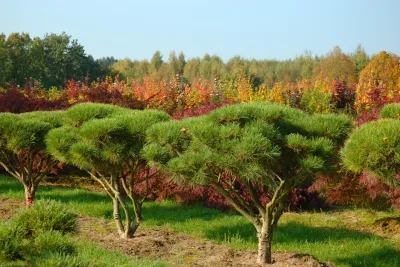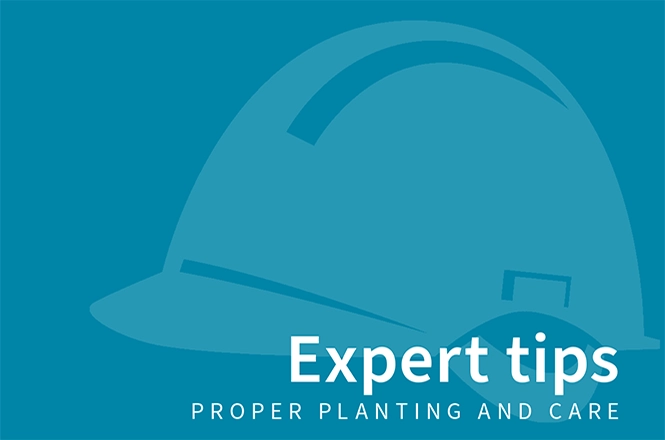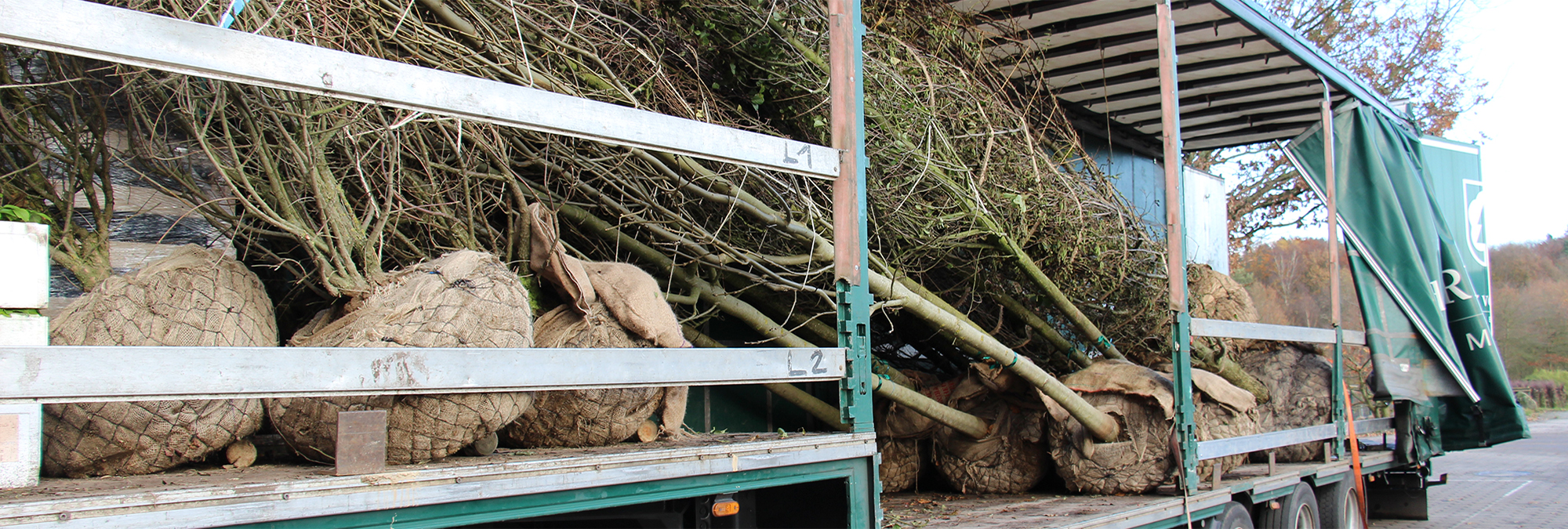
Handling of trees and shrubs on the construction site
So that they remain beautiful for a long time to come!
We hope that our trees can also unfold to their full splendour in their new and hopefully final location.
But this is not only contingent on good plant quality, but also on correct planting and care on the construction site. In this blog or in more detail in our “Tree care / handling of trees and shrubs” flyer, you can read about what we think is essential to consider.
von Ehren-Akademie
Seminar 'Behandlung von Gehölzen auf der Baustelle'
Lernen Sie sicheres Abladen auf der Baustelle, Vermeiden von Schäden, richtiges Lagern und Pflanzen
What to do on the construction site?
It all starts with the planting pit!
We don't want to get heavy handed here ...but here is an urgent appeal from us in this regard: the larger the planting pit, the better! In any case it should be at least 1.5 times the diameter of the root-ball or container. To calculate the exact dimensions, ask us in advance about the root-ball size –we’ll be only too happy to help
And the depth? Never too deep, which means that after planting, the root-ball should protrude about 5 cm above the planting hole.
To make sure of this, take into account the sinking of the substrate or soil layers, which are refilled in the same order as they were removed.
However, it’s not only the size that is crucial, but also the quality of the substrate. Loosen the bottom and walls of the pit and avoid waterlogging.
Unloading
Before unloading the plants, check them for any possible transport damage and document this with photos. The transfer of risk occurs upon unloading!
Once the trees have been unloaded, we assume no responsibility for any damage that may have already occurred during loading.
You can then get started, and please note that trees with wire root-balls may only be lifted with a strap or a tree hook. Lifting the tree by the trunk could lead to serious damage – the trunk should only be secured with a counter-strap.
Smaller trees can also be unloaded sideways from the truck with the wheel loader. Tip: Ask in advance about the bale weight!
Pruning
The tree should still not be lowered in the planting pit! It has to be pruned first to reduce the evaporation from the tree and thus the loss of water. Overall, we are talking about a reduction in the volume of crown by about 20 percent.
Only the genera Crataegus, Malus, Pyrus and Robinia should be cut back more.
Here’s how to prune successfully:
- the leader branch is shortened if necessary
- forks are to be removed
- cut back upper leader branches more aggressively than lower ones
- do not cut into two- or three-year-old wood
- always cut as cleanly as possible
- the tool must be in proper condition
Off to the planting hole!
We ball the roots of our trees with jute and ungalvanized wire to stabilise the ball and protect the roots. Both materials decompose in the ground, so the wire basket does not have to be removed. But the wire on the root neck should be opened with pliers. This will mean that the trunk does not grow into the wire.
Give the tree support and stability!
The tree needs support to ensure stability. To this end, piles, double piles, tree scaffolds (trestle scaffolds) or tensioning with ropes can be used. We can also recommend underground anchorage.
Trees are thirsty!
We recommend digging in a watering edge around the trunk, the diameter of which is slightly smaller than that of the bale. This method will ensure that the water really reaches the roots and does not pass them by.
Alternatively, you can also water with water bags or use plastic watering edge.

"Please remember to water the tree regularly for the first two to three years after planting – and please do it all year round."
Kay Hackmack, Operations Manager, Baumschule Lorenz von Ehren
Downloads
Media

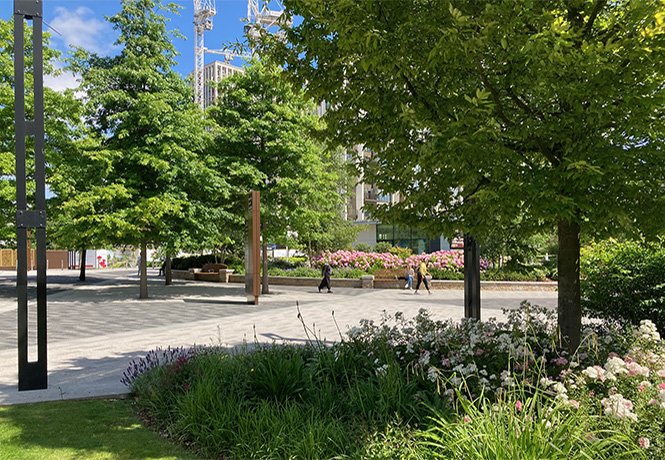
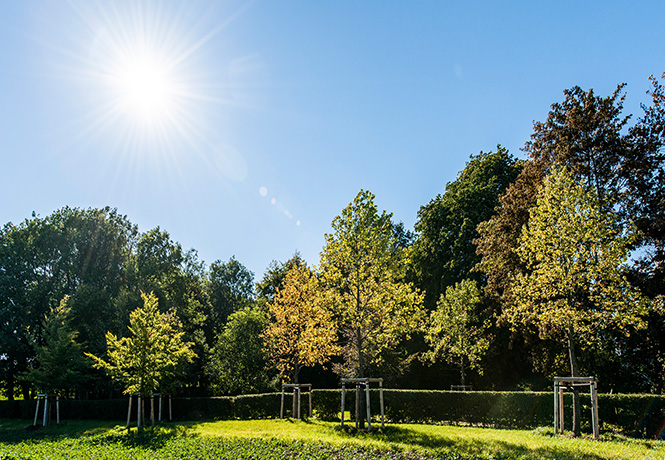
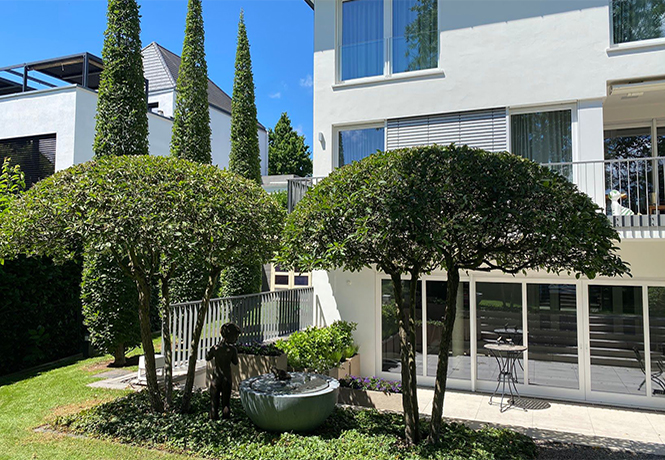
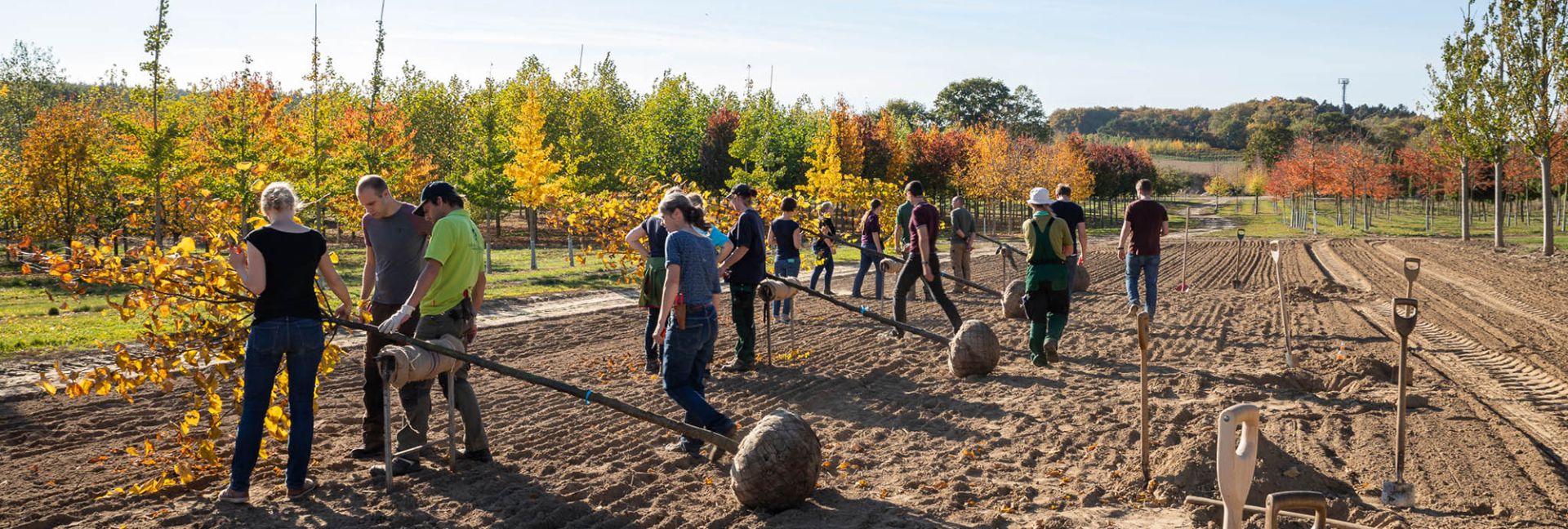
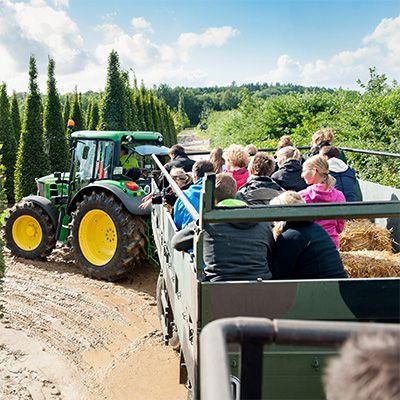
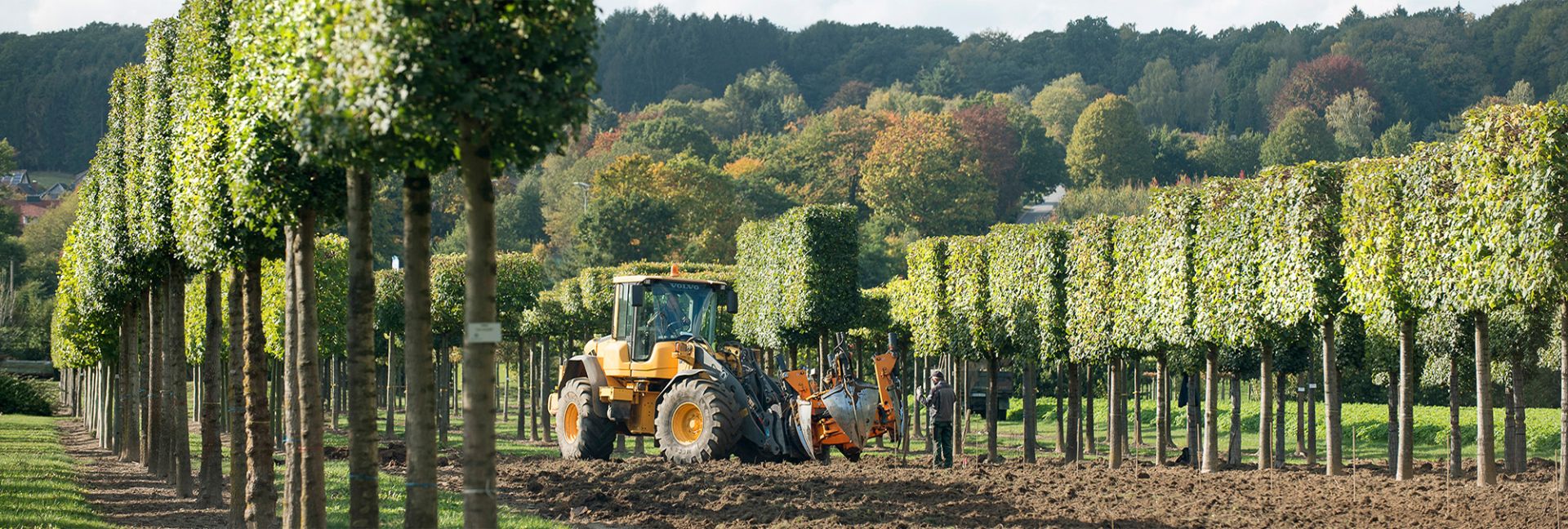
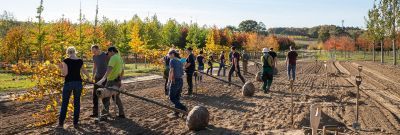
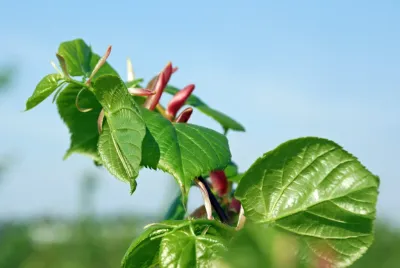
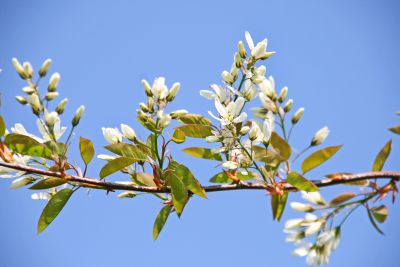
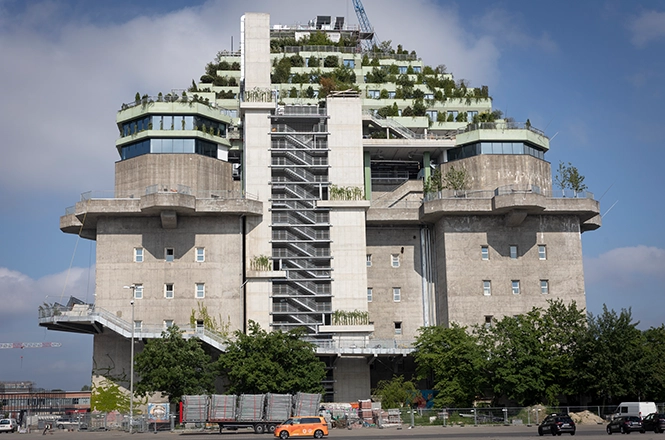
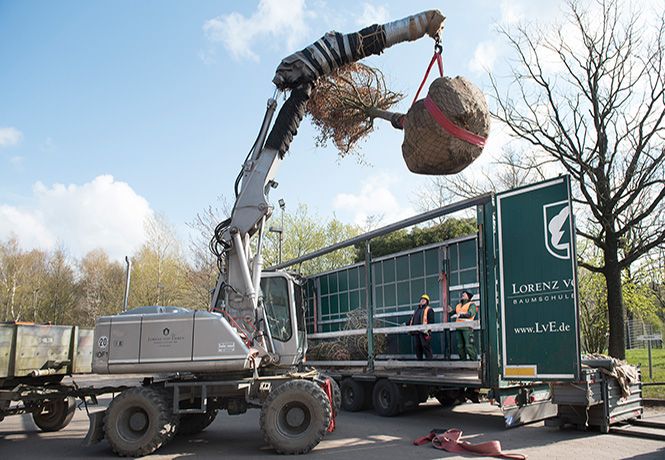
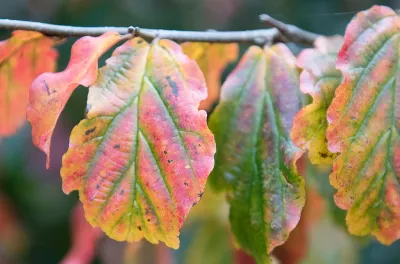
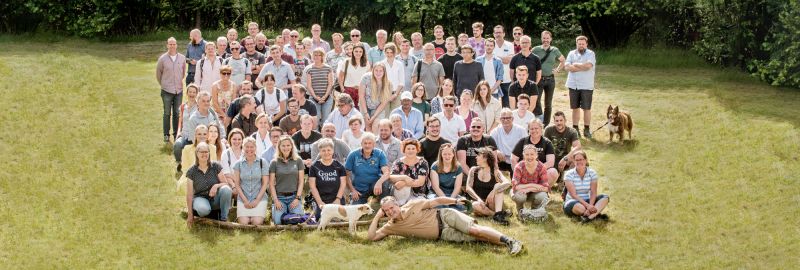
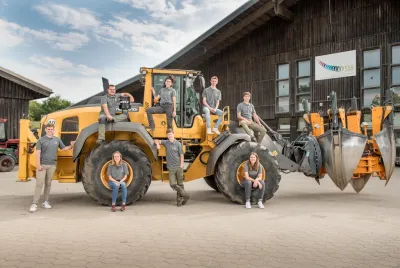
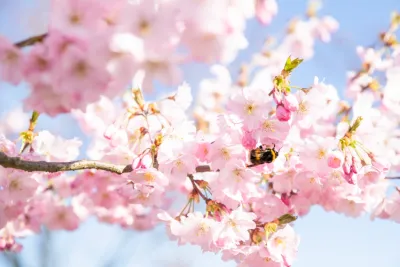
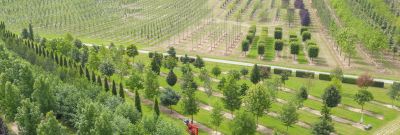
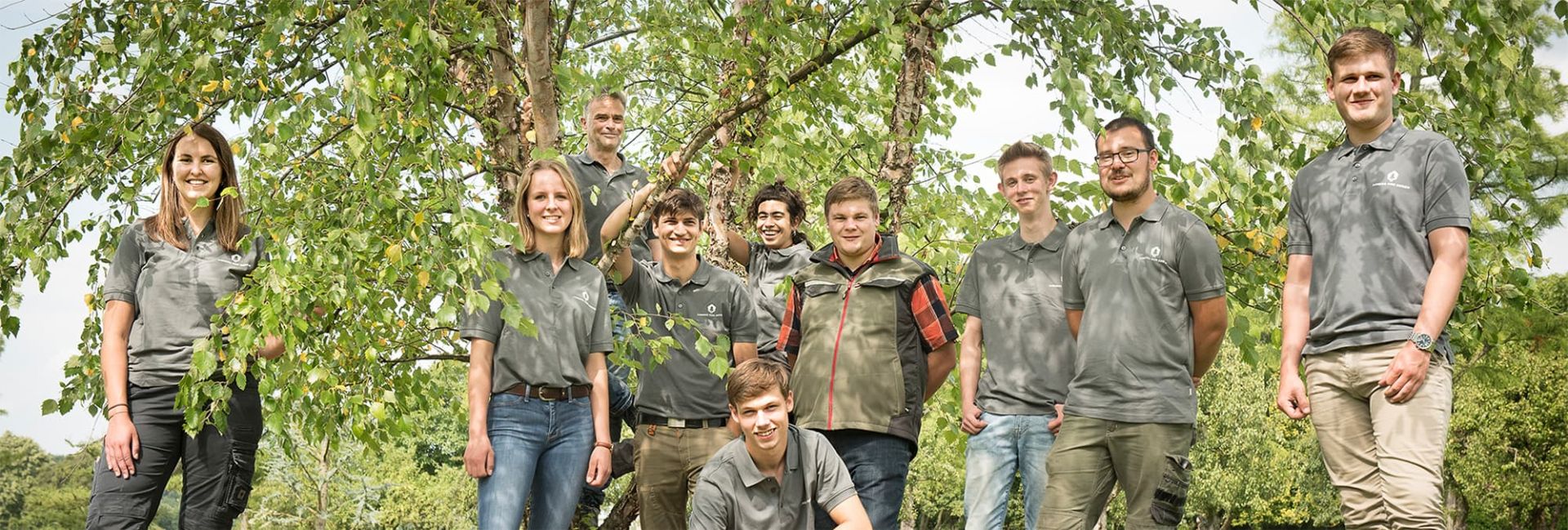
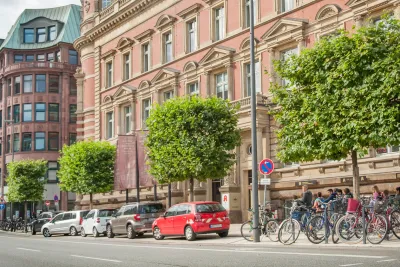
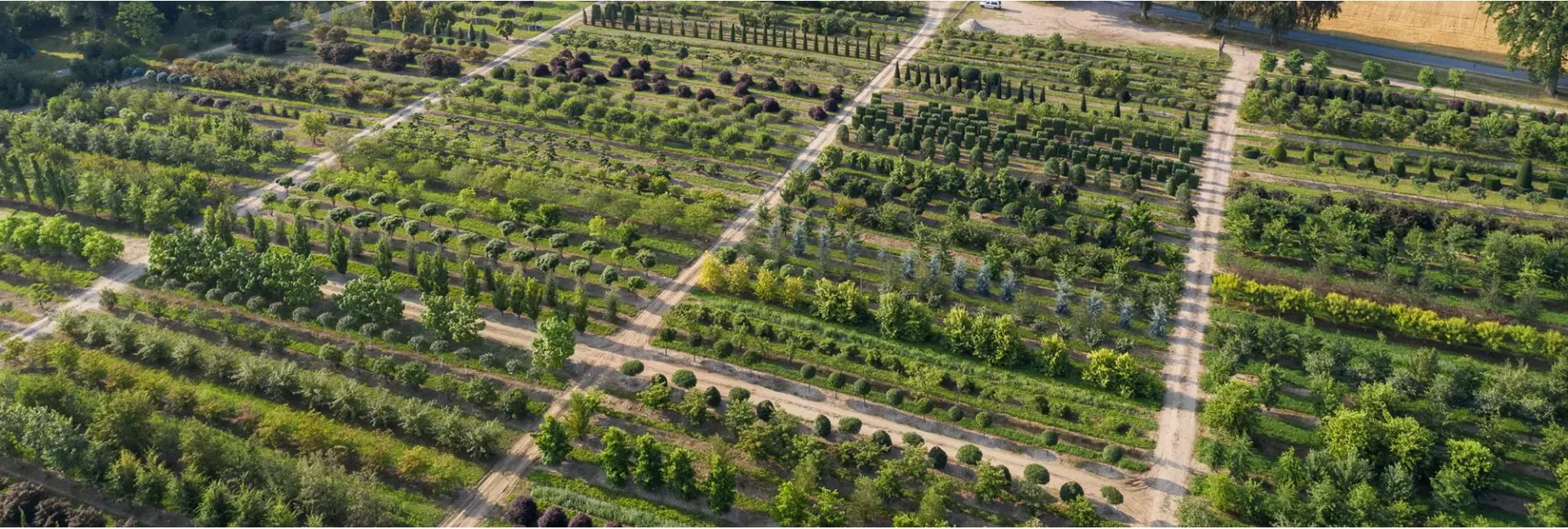
_400x400.webp)
